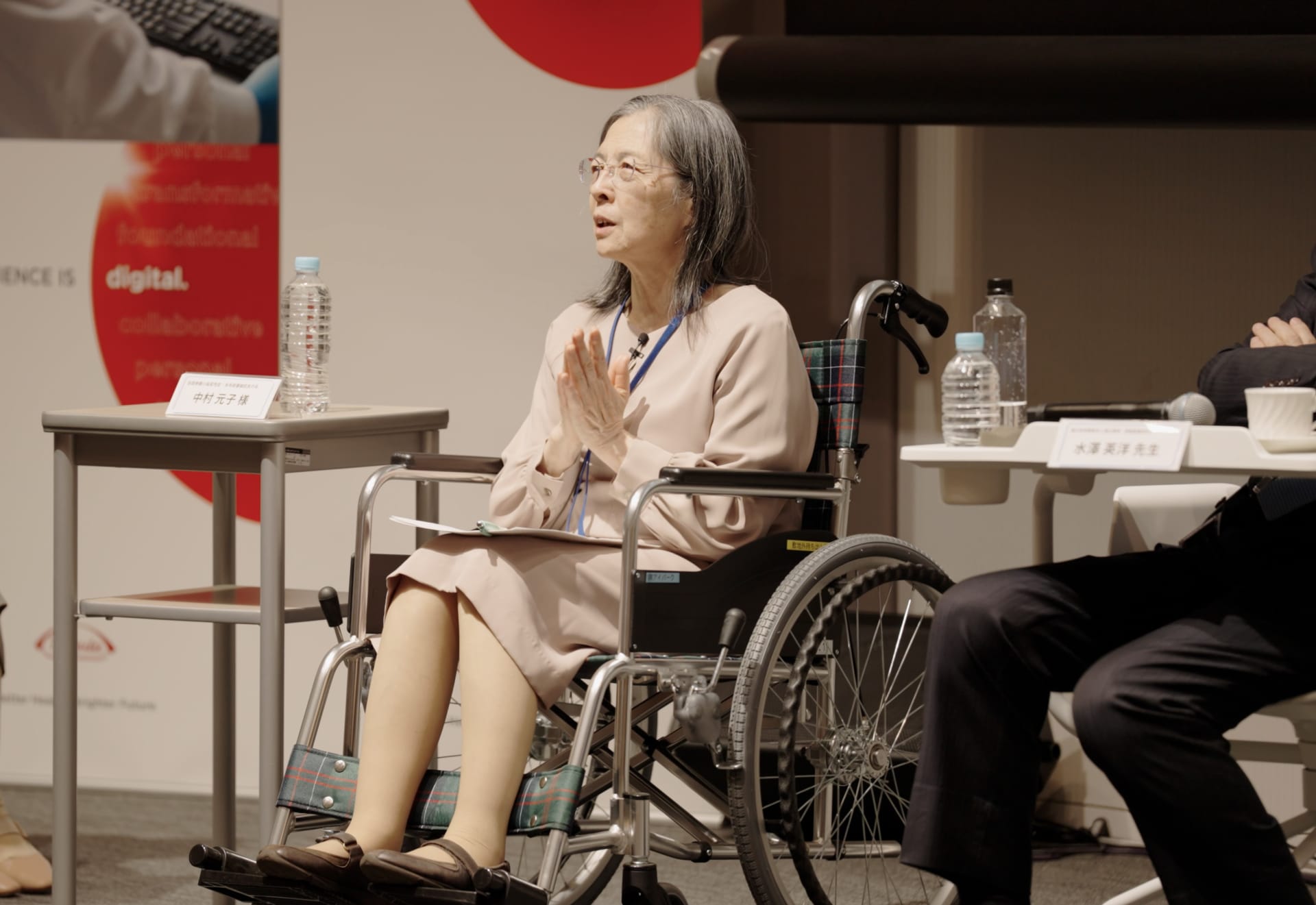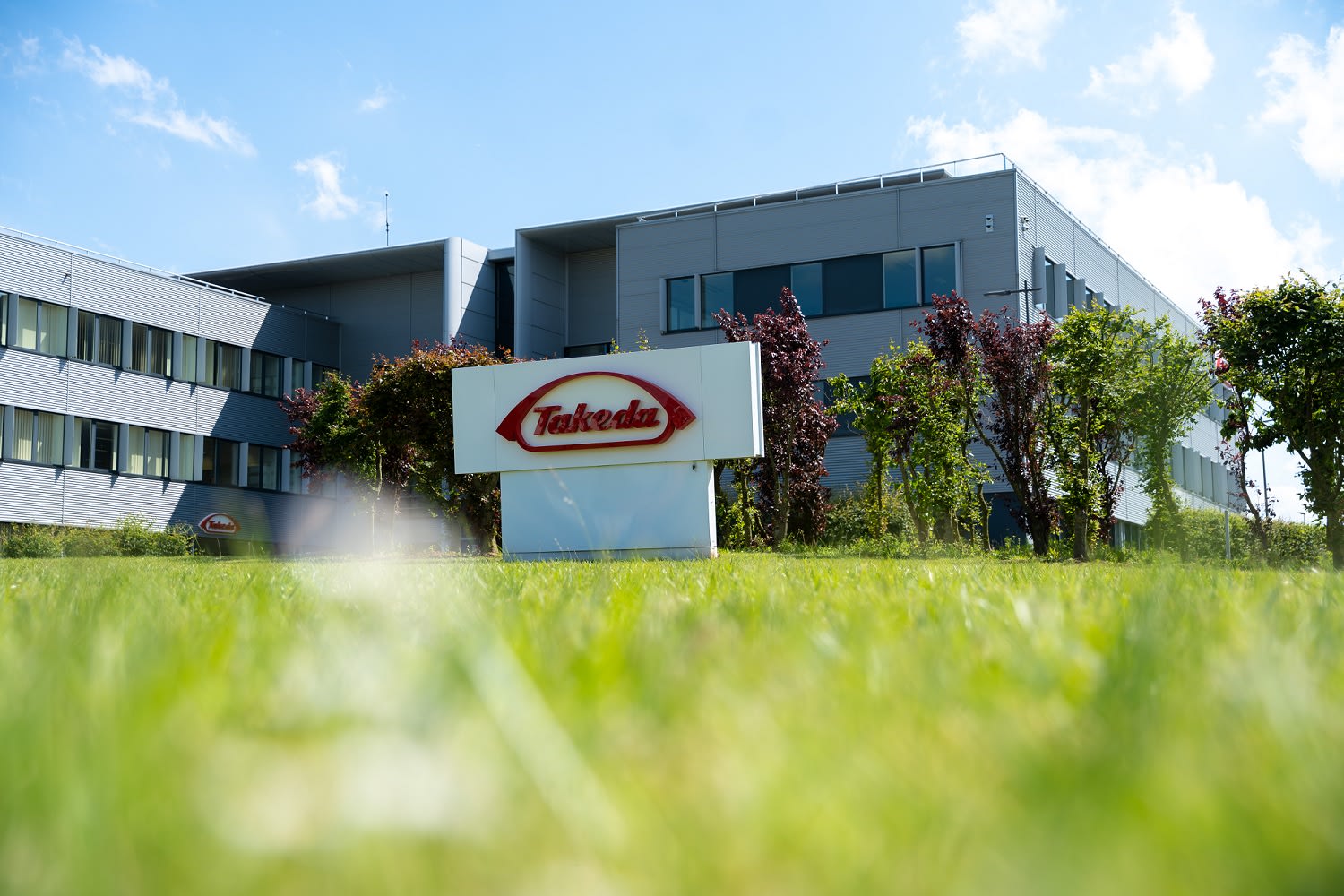The virus hunters: "driven to make medicines safer " | Takeda Stories
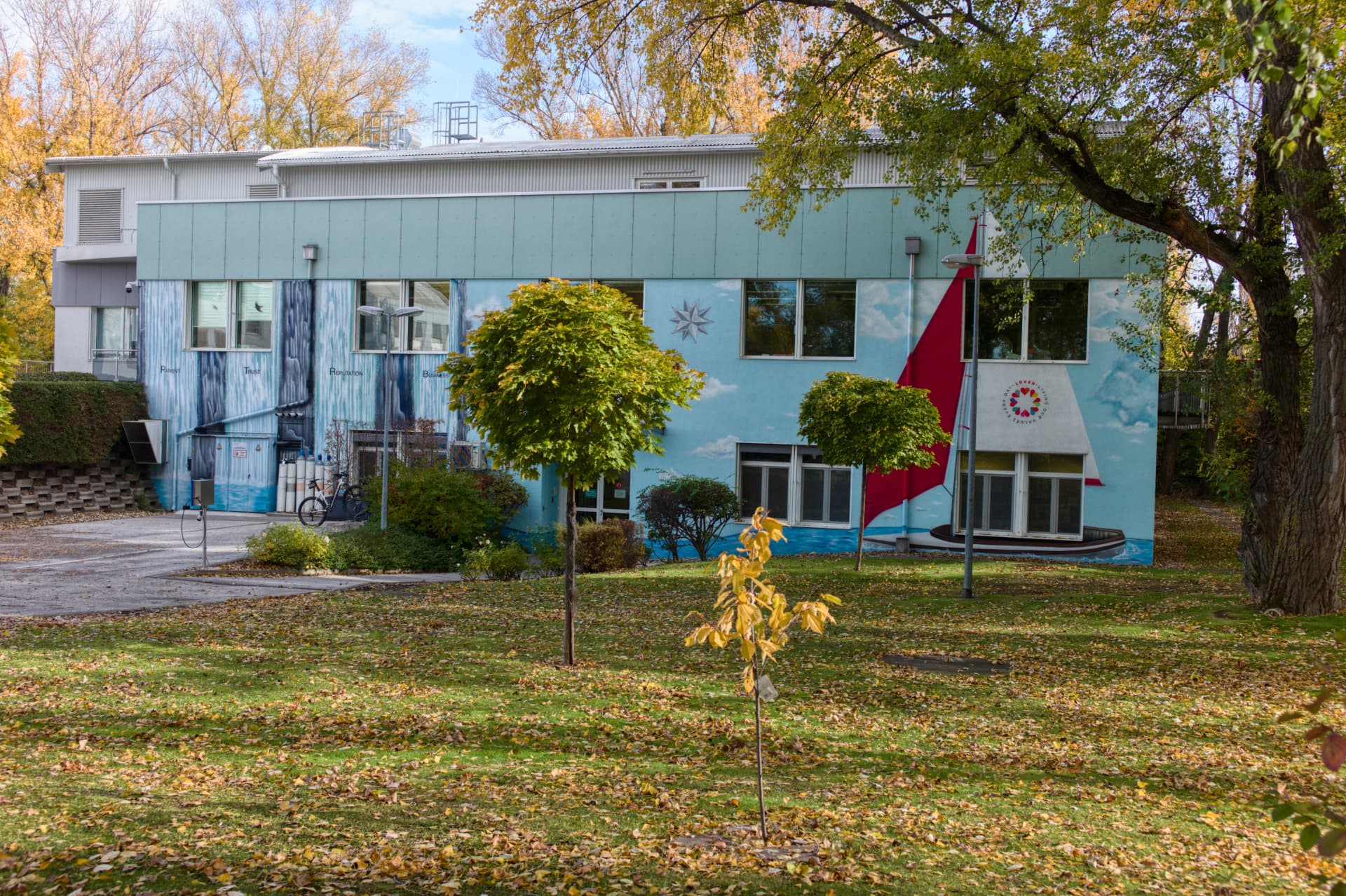
The virus hunters: ‘driven to make medicines safer worldwide’
Urgency, transparency and willingness to collaborate are priorities for scientists at our Global Pathogen Safety lab in Vienna.
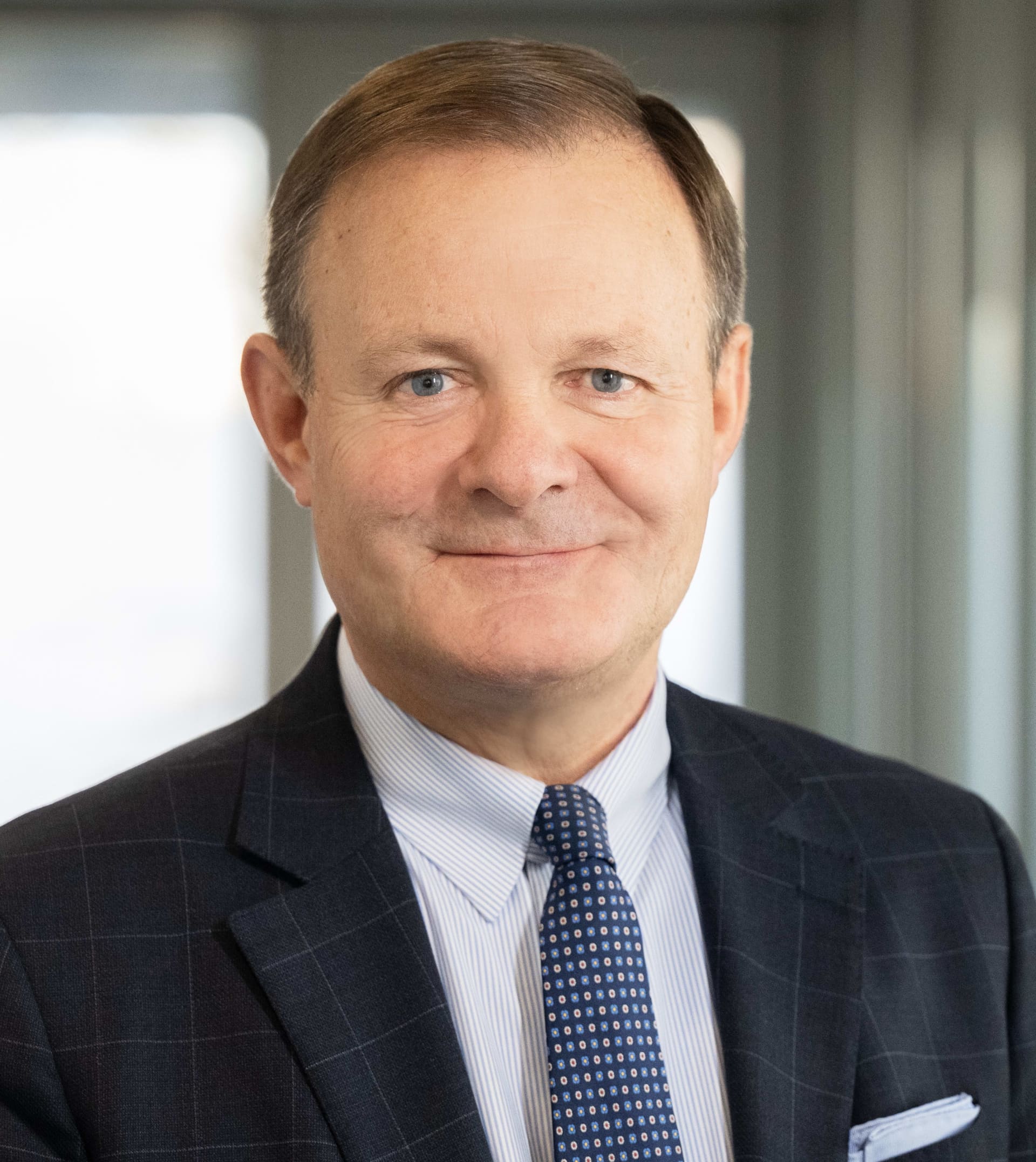
Thomas R. Kreil, Head, Pathogen Safety at Takeda
Thomas R. Kreil doesn’t need an alarm to get up in the mornings. His work as head of our Global Pathogen Safety laboratory in Vienna, Austria, is all the motivation he needs to make sure he’s in the office on time.
“What we do here is wonderful, cutting-edge scientific stuff. But it’s not just what we do that’s so rewarding, it’s why we do it,” he says. Thomas set up the lab in 2000 and since then has led a team of “virus hunters” who play a key role in global efforts to ensure the safety of biological medicines and vaccines worldwide.
“We make a difference in people’s lives,” he adds. “I am paid by the company. But I really work for the patients who depend on us to keep them safe.”
Thomas is too modest to say so himself, but the state-of-the art biocontainment facility he established has had a positive impact on the entire pharmaceutical industry. And not just because of its standards for excellence and expertise, set through its work with several dozen known and emerging viruses.
What really characterizes our Global Pathogen Safety lab as special is its willingness to share the data and knowledge generated by its research, and to partner with academic institutions, regulators, industry associations, patient organization and even other pharmaceutical companies.
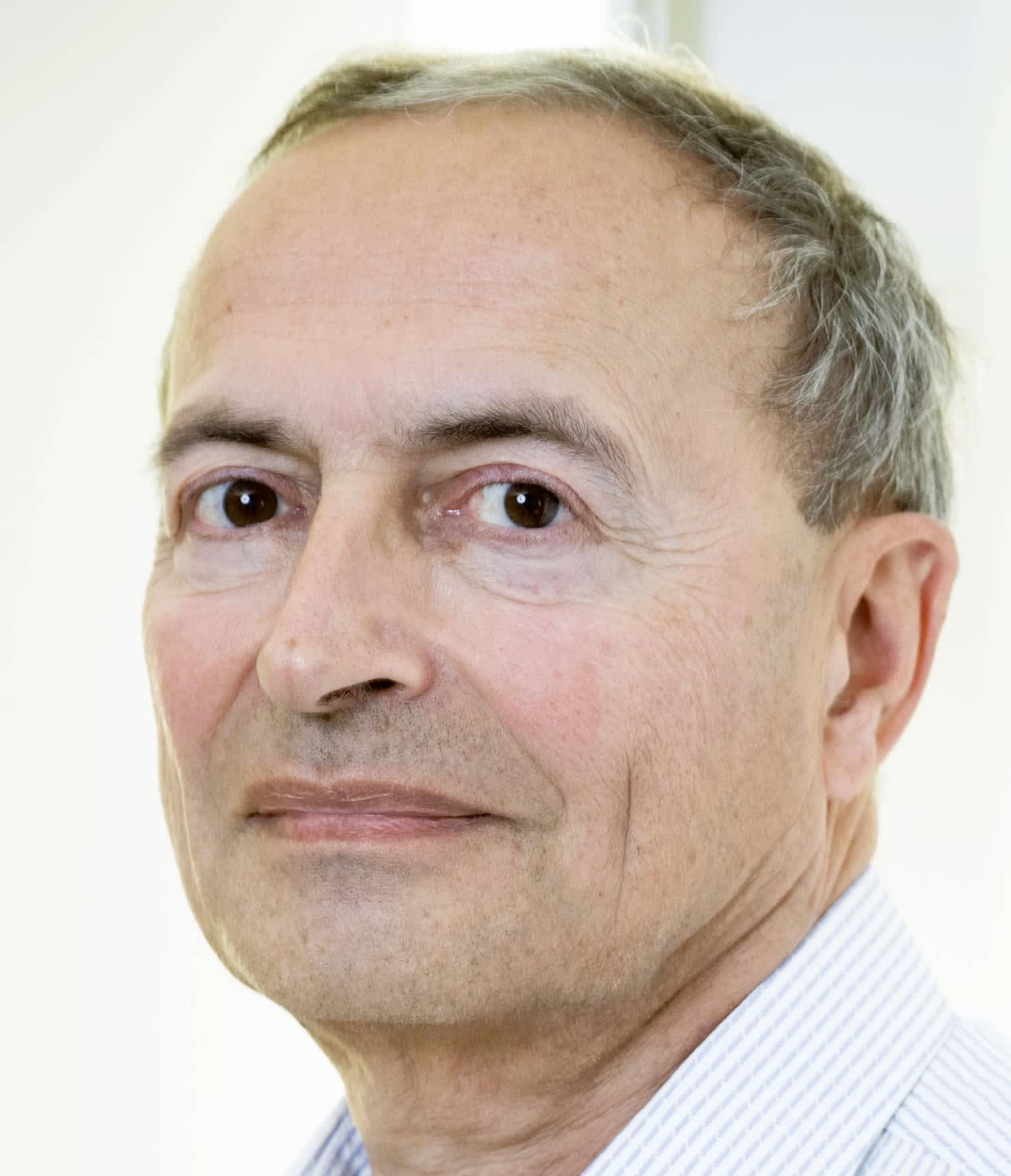
Marc Eloit, Founder and Scientific Advisor, PathoQuest
Marc Eloit, founder and scientific advisor at the French testing company PathoQuest, is certainly impressed with the lab’s transparency. He collaborated with the team to determine the prevalence of a human circovirus in blood products when he was head of the Pathogen Discovery Laboratory at Institut Pasteur in Paris.
“It is unusual in the industry,” he says. “Thomas was the only industry representative to contact me after we’d flagged the risk that this highly resistant virus could be a cause of hepatitis.”
He continues: “There were obvious issues for Takeda if the virus was found to be widespread in blood products. But the team’s whole approach throughout was urgency, transparency and a genuine willingness to collaborate in a study. They understood the potential danger of human circovirus to patients.
“The process was therefore very smooth, very collegiate. It was unusually quick, too – within a matter of weeks, we were able to jointly publish a paper concluding that the virus was not widely prevalent in plasma donations.”
The origins of a pioneering lab
The Global Pathogen Safety Laboratory can trace its partnership philosophy to its earliest days. The facility was created after a time when hepatitis C virus had been discovered in some plasma products. There was a strong sense of “never again” within the medical community.
Thomas, who has a Ph.D. in Biochemistry and remains an associate professor at the University of Vienna, brought considerable expertise and rigorous standards from his previous academic career to put this belief into practice at the newly built lab, which included making important data public.
This approach yielded instant benefits. The U.S. was experiencing an epidemic of West Nile virus when the laboratory opened in 2002, and the U.S. Food and Drug Administration revised its safety requirements for plasma products based specifically on our published model virus data.
The list of influential studies that the lab has made available since has grown increasingly longer – the team aims for at least three publications a year, but they average eight to 10. The team has investigated the impact of West Nile, H5N1 influenza, Hepatitis E, Chikungunya, Zika and Monkeypox viruses on the safety of plasma products, for example, and published the respective results. The lab was also one of the first to establish virus culture and analytical assays when COVID-19 emerged late in 2019, with the first isolate of the SARS-Coronavirus-2 available there just six weeks after the first reports about the new virus out of China.
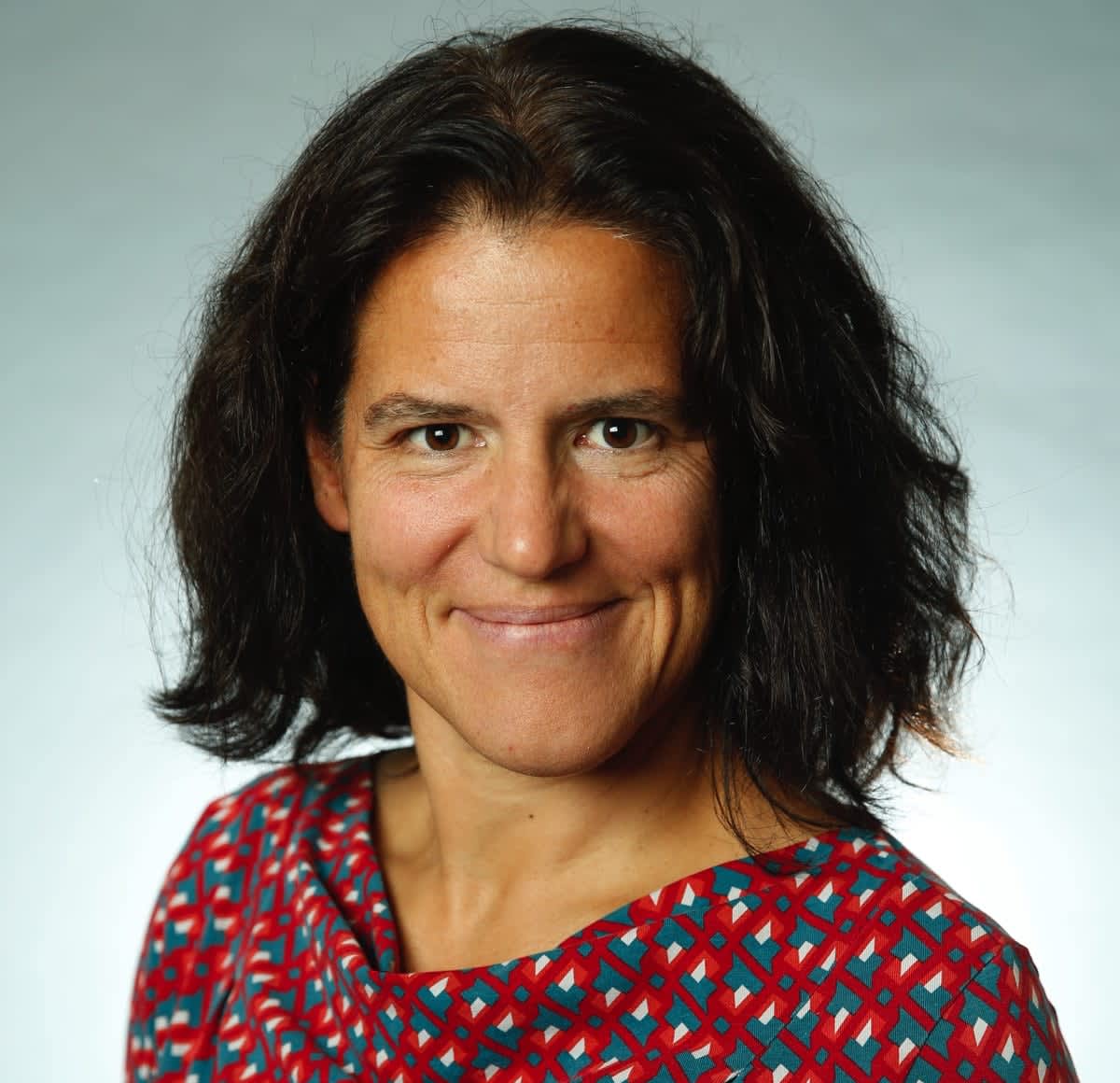
“Everyone here, every day, is driven by a desire to improve the safety of biological medicines that people worldwide depend on. Sharing our studies helps us achieve that goal – having our peers review our data is the best way to validate that it’s good. And partnering with others to get better results is simply the right thing to do for patients.”
Maria Farcet, director of Cell Culture, Virus Models & Serology
The Global Pathogen Safety team more recently established a comprehensive set of safety tests for our dengue vaccine virus, for which an extension of the lab was built in record time. Their work with the Centers for Disease Control in the U.S. on rubella virus in immunodeficient patients treated with immunoglobulins (IG) has resulted in a reinforced understanding of how important early diagnosis is for these patients. And it will continue to conduct IG testing with poliovirus, even after the World Health Organization’s push to finally eradicate the disease has been successful. It has collaborated with the National Institute for Biological Standards and Control in the UK, for example, to establish a hyper-attenuated version of the poliovirus – that is, one that will never again be able to infect humans.
Last year, the Vienna team hosted more than 60 representatives from regulatory authorities and other pharmaceutical companies at the biennial Viral Clearance Symposium, which formally addresses the challenges, gaps and opportunities that exist in the field of interventions to optimize virus safety. Once again, their aim was to share and collaborate for the benefit of all, and the results of the conference have been published as a special edition of the PDA (Parenteral Drug Association) Journal of Pharmaceutical Science and Technology.
A culture ‘driven by a desire’ to improve biological medicine safety
Maria Farcet, a 16-year veteran of our Global Pathogen Laboratory, who is now director of Cell Culture, Virus Models & Serology, says the lab’s philosophy reflects our long history of taking an innovative approach to transforming patients’ lives.
“Everyone here, every day, is driven by a desire to improve the safety of biological medicines that people worldwide depend on,” she says. “Sharing our studies helps us achieve that goal – having our peers review our data is the best way to validate that it’s good. And partnering with others to get better results is simply the right thing to do for patients.”
In fact, our values are prominently featured in graphics sprayed by a street artist on the façade of the Global Pathogen Safety lab building. (See the banner photo at the top of this page.)
The facility has an expanded range of capabilities for testing viral content across biologicals, plasma manufacturing, and cell and gene-based therapies. Thomas, who also chairs the industry-wide Plasma Protein Therapeutic Association (PPTA) Global Pathogen Safety Working Group, says the lab’s global reputation means it’s now widely acknowledged as a place where many top virologists may want to work.
“When we told a candidate that she’d narrowly missed out on a role recently, she said she would simply wait for the next one to come up and apply again,” he says. “In this one case it did thankfully work out, but the average length of service here is 15 years so that doesn’t happen too often.”
Share this story

